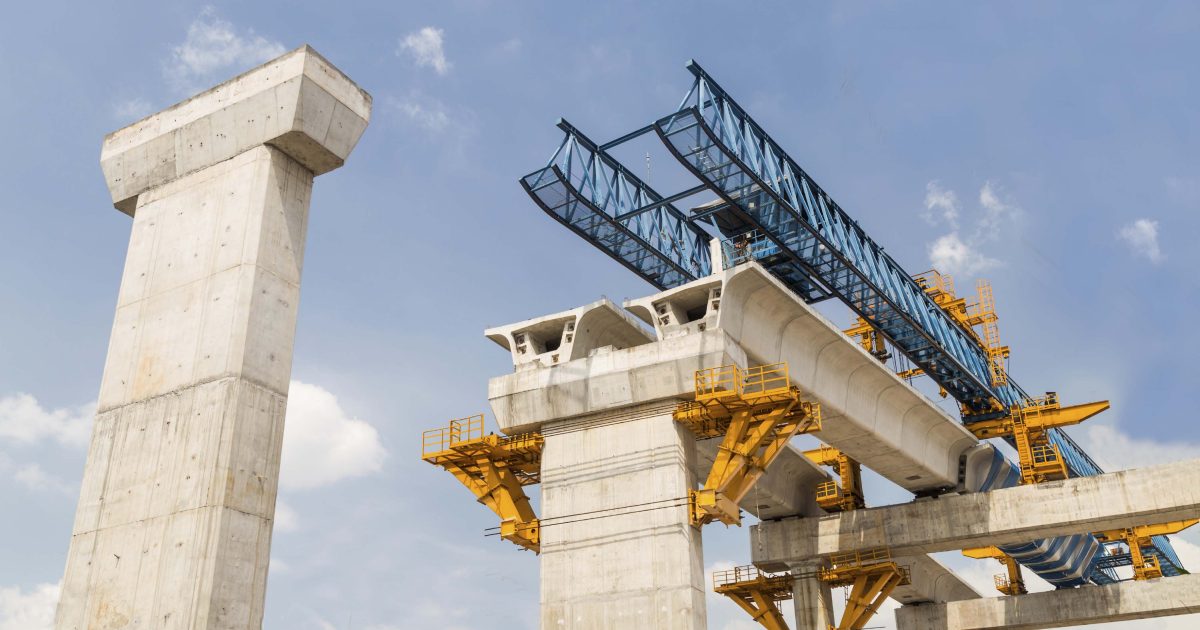
America’s transportation infrastructure is something beyond a network of bridges, roads, ports, tunnels, railways and air terminals associating our towns, urban communities and states. For every country, infrastructure is a backbone for economic growth. The United States has long been a global leader in advancement, transportation, and brilliant financial approaches, yet the infrastructure that keeps our nation open for business is outdated.
As indicated by the American Society of Civil Engineers, the present state of US infrastructure earns D+, and there is an estimated $2 trillion funding gap to carry it to a good condition by 2025. This implies that US infrastructure is crumbling and in exigency of private investment.
For many of such challenges, Americans must be eager to pay, rates and charges that reflect the literal cost of utilizing, maintaining and improving transportation infrastructure. Most Americans brace this approach.
There is no single financing solution that will settle all our infrastructure crisis. It is imperative that we have a huge toolbox of financing options.
The prime and most logical step in fund raising for infrastructure ought to be to raise the tax on fuel and diesel. The fuel tax has not been increased since 1993, and since that time, the amount created from those taxes has lost more than 40% of their purchasing power.
The Chairman of the House Transportation and Infrastructure Committee keeps on pointing out that we’re borrowing $16 billion per year to refill the Highway Trust Fund, while most of the states around the nation have raised their gas tax. It’s time to increase taxes!
Another Solution is Public-Private-Partnership!

It is a cooperative arrangement between two or more public and private sectors, typically of a long-term nature. Private bridge infrastructure companies invest private bridge capital in order to solve the infrastructure crisis in the United States.
Public-Private Partnerships are contractual agreements between a private transportation infrastructure company and a public agency. Within the transportation sector, the P3 structure has been utilized to build a not only highway, yet travel and air terminals also. In each P3, the project functions are shared between the public and private sectors.
Here are the most common delivery P3 methods:
- DBFOM: Design-Build-Finance-Operate-Maintain
- DBFM: Design-Build-Finance-Maintain
- DBOM: Design-Build-Operate-Maintain
- DBF: Design-Build-Finance
No doubt public private partnership is good! But, it has some pros and cons too!
Pros
- With public-private partnership, you will get better infrastructure solutions.
- Reduce delays on infrastructure projects.
- A public-private partnership’s return on investment might be more than projects with, all-private or all-government fulfilment.
- Risks are fully appraised early on to determine project feasibility.
- Reduces government budgets and budget deficits.
- reduce costs potentially which may lead to lower taxes.
Cons
- Can increase government costs.
- Limit the competitiveness required for cost-effective partnering.
- Profits may vary depending on scope and complexity of project.
Conclusion
Public Private Partnership is the best option for improving US infrastructure crisis. United Bridge Partners is one of the trusted private bridge infrastructure companies in the United States that helps local government during underfunded state.